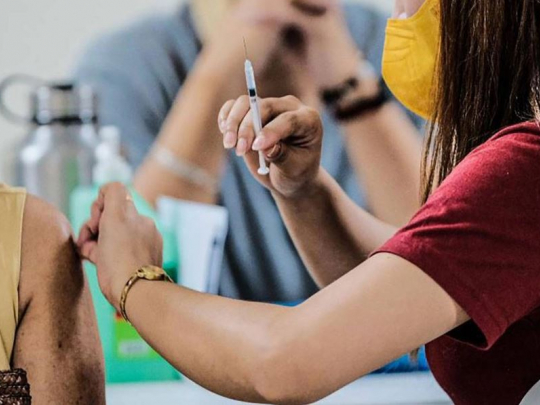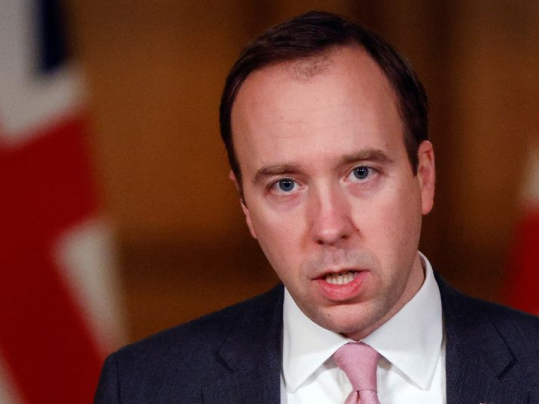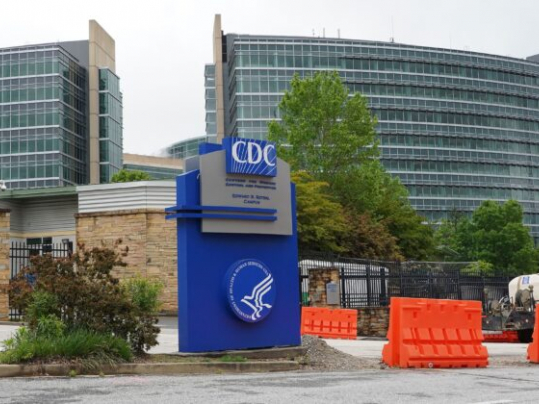‘We can speak about this as censorship.’ Researcher Says The Lancet Silences Open Discussion on COVID-19 Origins
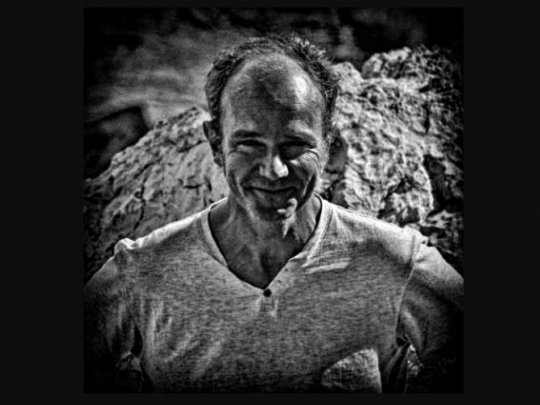
Shortly after the COVID pandemic started, The Lancet published a statement in February 2020 signed by 27 experts who warned against the “conspiracy theory” that the virus could have come from a lab. Emails later showed that this letter had been orchestrated by Peter Daszak, who runs the EcoHealth Alliance, a nonprofit research group that has awarded U.S. grant money to a Wuhan lab to collect and study viruses.
Researchers are now demanding an end to “conspiracy theory” labels and open discussion about the origin of a virus that has killed millions across the planet. One of those researchers is Jacques van Helden, who along with several colleagues, wrote a letter to The Lancet asking them to reopen the debate. The Lancet rejected this request, however. Why?
One explanation could lie with The Lancet’s special committee on the virus’s origins, which is headed by… Peter Daszak. “We can speak about this as censorship,” says Prof. van Helden. “They promote unity in how you are supposed to speak about the origin of the virus. This is not science. In science, any theory must be refutable.”
Jacques van Helden is a professor of bioinformatics at Aix-Marseille Université (AMU) in Marseille, France, where he specializes in analyzing genomes and genome regulation. He is also co-director of the Institut Français de Bioinformatique, which support research in life sciences. Here is an edited and condensed version of our talk.
DICHRON: I ran across the letter you sent to The Lancet, going down rabbit holes on the Internet. I’ve come to learn from many different scientists that The Lancet does not like to publish anything that contradicts them. Sometimes they sit on something until it is no longer relevant, a sort of catch and kill.
VAN HELDEN: When the letter was rejected, we didn't know what to do. I have been consumed in France’s national surveillance program for COVID-19 and have no time to submit to other journals.
The Lancet was the most relevant, because they had published that statement in February 2020 that shut down debate. The statement was odd because it was asking the scientific committee to adopt a unitary or unified view on the origin of COVID. And to condemn the hypothesis that the virus could have come from a lab, because they decided it to be a conspiracy theory.
This is a historic case of scientific miscommunication.
DICHRON: It seemed you wrote a pretty anodyne letter to me.

The Lancet rejected this letter calling for an open scientific debate about the pandemic’s origin. It can be found on ResearchGate.
VAN HELDEN: Back in February 2020, nobody had proof that the virus was of natural origin. But I thought that since the specialists say it was natural origin, well, that is fine by me. I trusted what they were saying.
But about a month after, Luc Montagnier said that COVID had been designed in a lab, and the virus included some inserts from the HIV virus. He won the Nobel Prize in 2008 for the discovery of the HIV virus, which is responsible for AIDS. But what he said didn’t seem to hold up. He's very famous, but also has made scandalous statements in the past, without having data.
I started discussing this with Etienne Decroly, who is a specialist of coronaviruses, the same type as COVID. He said, “I am not completely convinced that the virus comes from natural origin, because we cannot formally rule out hypotheses that it came from an accident.”
Plus, he is aware that some scientists are doing gain-of-function experiments in labs, where they make these viruses more dangerous to study them. We published a review, in French, in July 2020. I think that this is the first article in a scientific journal that questioned the possibility of a lab leak. Other articles by colleagues were circulating and deposited on different science archives, but journals would not publish them.
In January 2021, we published an English translation, with an updated discussion.
DICHRON: Journals were rejecting any paper or letter discussing the possibility of a lab leak?
VAN HELDEN: Yes. This happened with many researchers. One was Alina Chan.
DICHRON: The DisInformation Chronicle did a long interview with Chan where we went through the propaganda labeling anyone saying the virus came from a lab was a conspiracy theorist.
You point to a paper Kristian Andersen published in Nature Medicine. He’s been a big proponent of promoting the lab leak idea as a “conspiracy theory.”

In the last week, online researchers started documenting how often Kristian Andersen called the possibility of a lab leak a “conspiracy theory.” After deleting hundreds of tweets, Andersen shut down his twitter account.
In your letter to The Lancet, you state that Andersen’s Nature Medicine article has been discussed as definitive proof the virus could not have come from a lab:
This article was highly influential: within 9 months it was cited in 2,000 scientific publications, and the vast majority of scientists, including many of us, initially took it for granted that this novel coronavirus was of natural origin. However, upon re-analysis, we realised that a conclusive proof of the proximal origin is still lacking.
VAN HELDEN: Yes. What Andersen does in the paper is propose two hypotheses. So if hypothesis A is wrong, then the answer must be hypothesis B. However, the paper misses the fact that there might be hypothesis C.
Basically, he refutes that the virus was engineered, and then argues this means the virus came from a natural origin. But there are more than two choices. So this is a false dilemma. The paper was attempting to demonstrate one hypothesis. In natural science, the rule is not to prove things we believe in, but to test hypotheses.
At one point, Andersen argued that the virus’s backbone did not look like any known backbone. This was also the main argument by the World Health Organization commission after that trip to China earlier this year. But not every virus backbone sequence that is discovered gets reported publicly.
DICHRON: Obviously there are no virus research police running around to make sure that if you discover a new virus that you publish the sequence immediately.
VAN HELDEN: Exactly. But they didn't consider this. It's so naive.
The closest bat virus to COVID was completely unknown until January 2020. It was published the same day as the COVID sequence, but the sampling for it happened in 2013. That’s seven years, from sampling to publication. So how can people argue that virologists always publish their genomes?
DICHRON: You also point out that the virus could have come from a lab and was changed by serial passage:
As in many virology labs, passage experiments are routinely performed in the Wuhan Institute of Virology (WIV)?, consistently with their mission to collect and monitor viral strains having epidemic potential into humans. Selection during passage is dismissed by Andersen, based on the argument that it would be less parsimonious than the pangolin origin. However, the pangolin hypothesis has since been abandoned. ?
Can you explain what a serial passage experiment is? People also use this technique for gain-of-function research.
VAN HELDEN: Yes. Not only in gain-of-function research.
Serial passage experiments test a virus’s ability to infect other species. Shi Zhengli at the Wuhan Institute of Virology collects bat blood samples in the field. Then she brings them back to the lab, and she tests if the virus is potentially dangerous for other mammals. Normally, they test if it infects human cells or monkey cells
The goal is not to modify the virus, but to address if it is dangerous. But by doing so, you will select among all the mutants for the very few ones that have a slightly increased capability of infecting human cells.
DICHRON: Right. It’s inadvertently helping the virus to evolve, to infect human cells. You have selected for a virus that is more dangerous to humans by adapting an animal virus to humans.
You ask for an evidence-based look at the origin question. You didn’t try to undermine any ideas out there, but The Lancet didn’t want to hear that?
Second, The Lancet statement from February cites 10 articles that the virus has a natural origin. But all viruses have natural origin. The real question is whether the last step—the proximate step—before it began infecting people, if that happened in a lab.
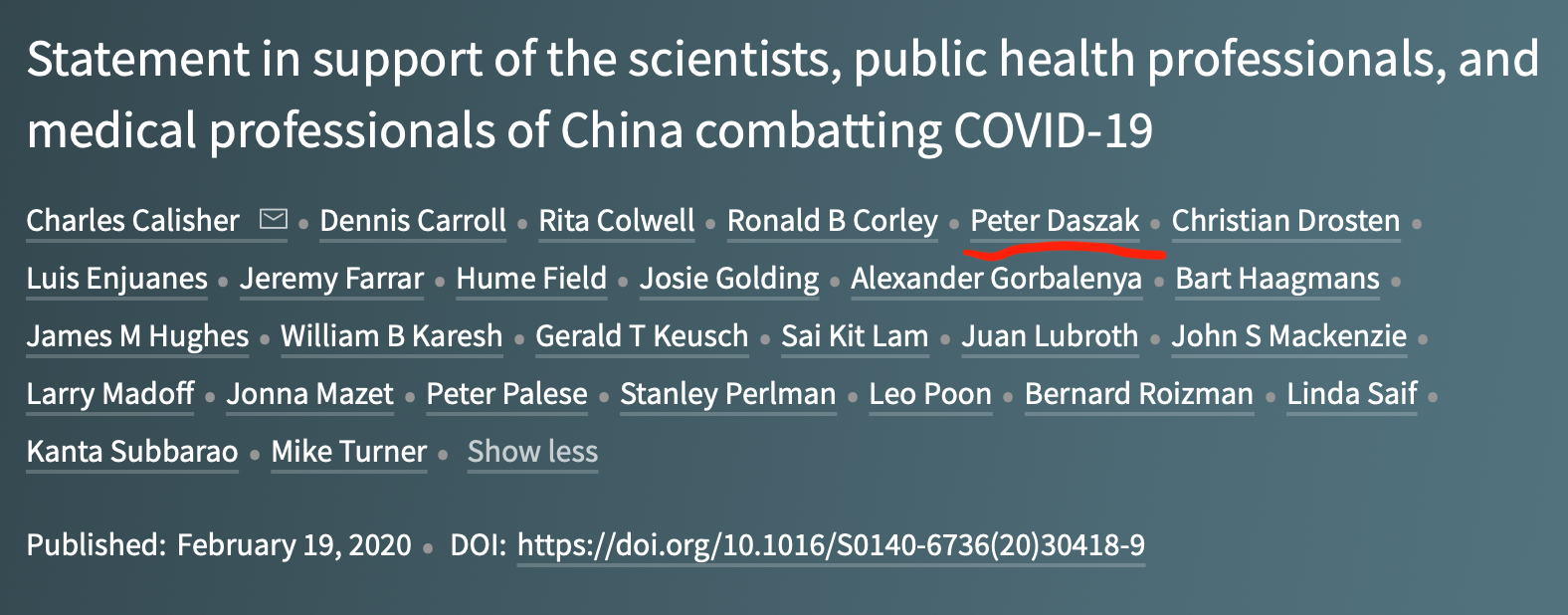 In February 2020, The Lancet published a statement orchestrated by Peter Daszak to label the idea of a lab leak as a “conspiracy theory.”
In February 2020, The Lancet published a statement orchestrated by Peter Daszak to label the idea of a lab leak as a “conspiracy theory.”
Andersen is the only paper that's addressing that issue. All my colleagues point to the Andersen paper but haven’t read it.
After The Lancet rejected our letter, I wrote back, and I put Richard Horton, the Editor-in-Chief, in copy. Since there is all this controversy on social media and in politics, shouldn’t The Lancet consider it better to have the debate in a scientific journal?
One of the editors contacted me that The Lancet should be open to scientific debate. And then they discussed it in the editorial committee. I was told our letter would be evaluated by a special committee on the virus origins. This special committee has a president, and it is Peter Daszak.
DICHRON: [Laughs]
VAN HELDEN: Yes, it's crazy. So I told her, “OK, but do you realize that there may be a conflict of interest? He is the person who wrote the statement in The Lancet that we are saying was wrong.”
She didn't answer that, actually. But I asked once again if I could discuss this with Richard Horton. And then we received a single sentence, that after her discussion with Richard Horton, they decided to uphold their position and the letter would not be considered.
DICHRON: They wouldn't even send it for peer review?
VAN HELDEN: No, no, no.
DICHRON: What do you think is going on at The Lancet? It came out through emails that Peter Daszak had orchestrated that statement in The Lancet, and some of the people who signed it did not disclose that they had ties to Daszak’s nonprofit, EcoHealth Alliance.
VAN HELDEN: The scientific misconduct was that they didn't declare their conflict of interest. Is this what you mean?
DICHRON: Yes.
VAN HELDEN: Peter Daszak… it's incredible how much conflict of interest he has. Only since a few weeks has this been questioned in the press. Before, nobody would say anything about this. What's interesting, is how strong his power is.
DICHRON: What do you think about the way the media has covered this?
VAN HELDEN: What changed things were the three open letters by scientists calling for a real investigation of the coronavirus origin that we wrote.
DICHRON: Did you sign those letters?
VAN HELDEN: Yes, all three. Jamie Metzl was the catalyst, but it was a collaborative writing process. He contacted different people and then we formed a group and started exchanging emails.
We are in this scientific position of “show me the data.” I still don't have the data, that it comes from a lab nor that it comes from a market, or from anywhere. You cannot make an opinion, because the data is missing.
DICHRON: You teach a class on science and society. Looking back into history, have you run across a similar incident? Having covered a lot of controversies, this all just smells strange. What's coming across is it seems like there's a cover up.
VAN HELDEN: Indeed. We can speak about this as censorship. That statement in The Lancet, this is really a call for censorship. I don't know if there has been a similar case before.
There were strong arguments in GM food discussions—very strong divisions between people who would not even hear the arguments of the other side. But there was not a call for censorship on the arguments.
With that Lancet statement, we have 27 scientists calling for censorship, by naming the idea of a lab leak a conspiracy theory. They call it a conspiracy theory. And in science, we don't publish conspiracy theories.
And at the end of the article, they promote unity in how you are supposed to speak about the origin of the virus. This is not science. In science, any theory must be refutable.
- Source : GreatGameIndia






